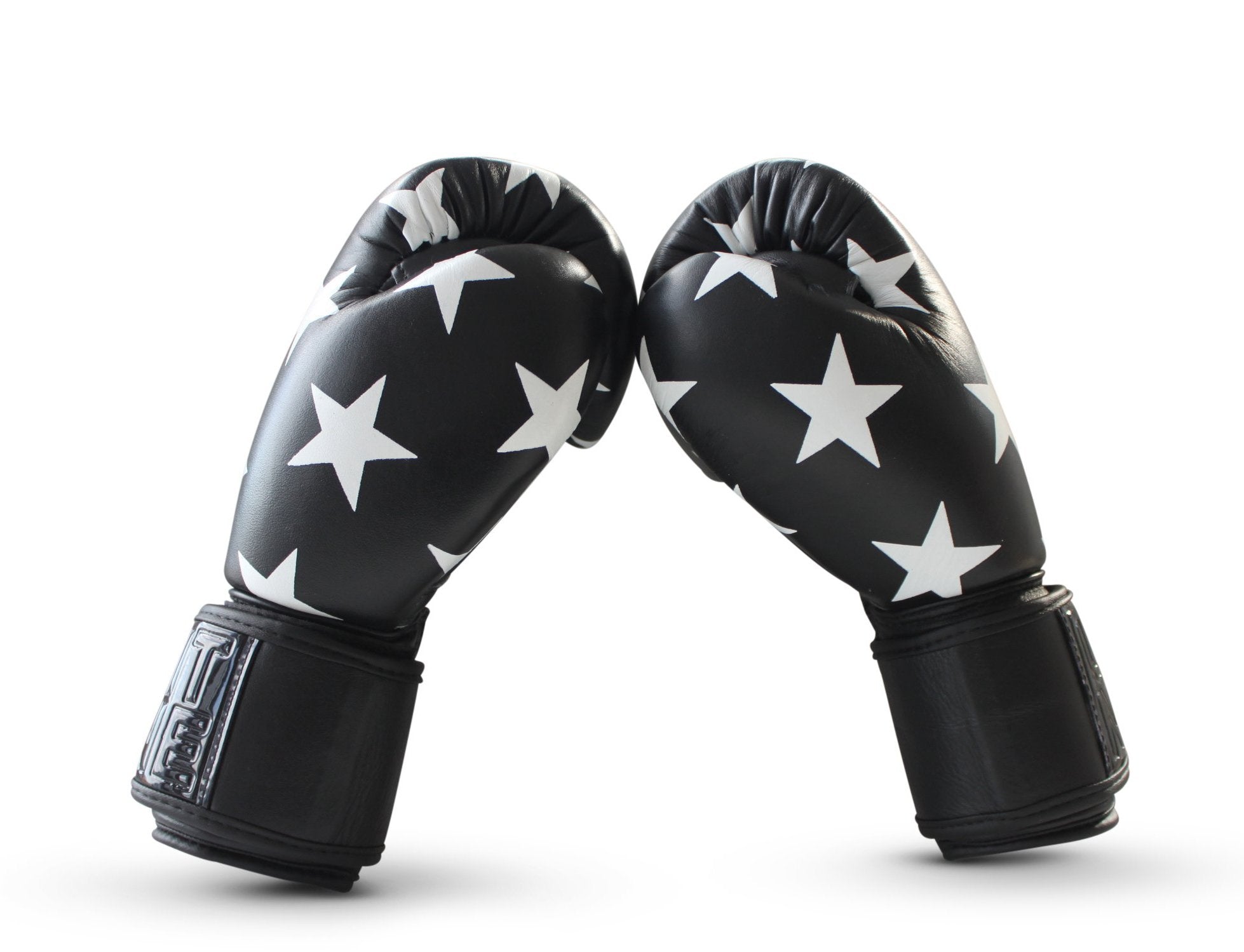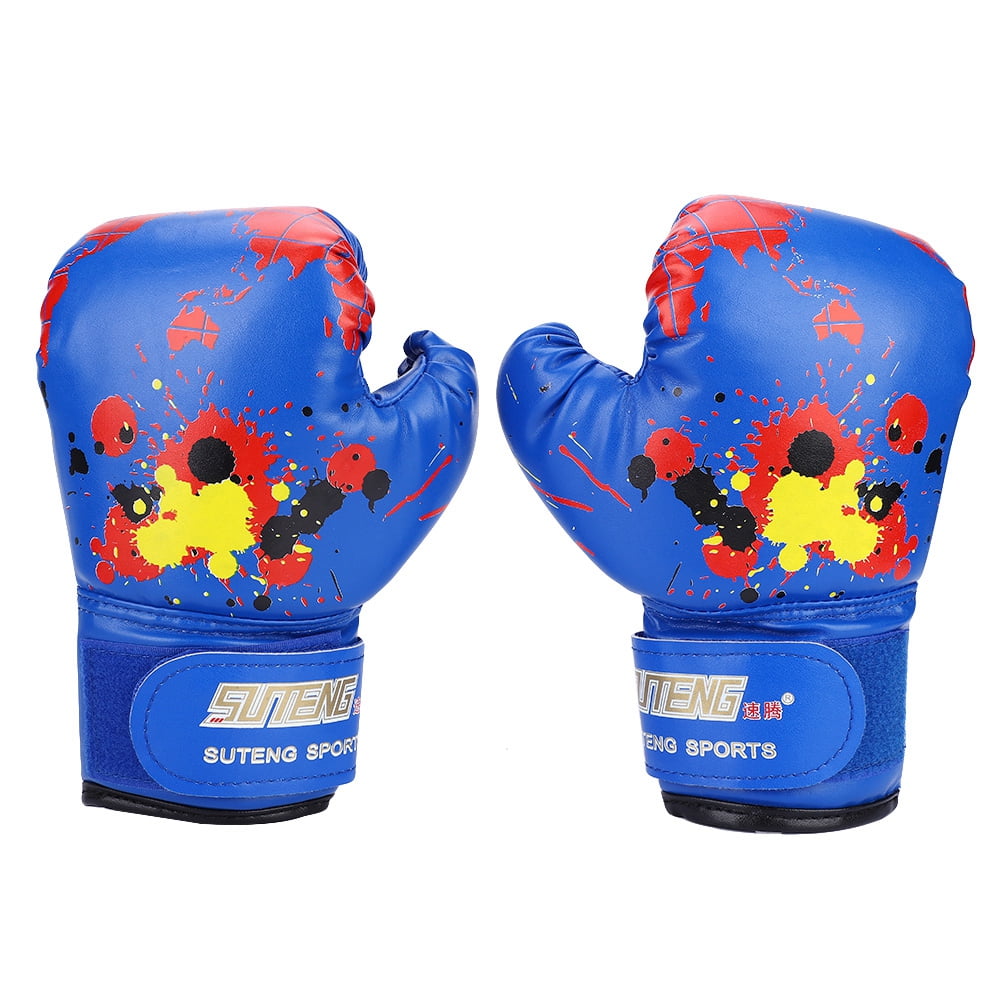

Lace-up gloves provide a more snug and secure fit, but unlike velcro gloves, require assistance from another person to lace, and are usually wrapped with tape before the match. In velcro gloves, the velcro acts as a second handwrap that adds more stability to the wrist. Features īoxing gloves usually come with either lace-ups or velcro. The International Boxing Association (amateur) approves new designs of gloves according to rules around weight and the amount of leather, padding and support allowed. Modern boxing gloves include mesh palm, velcro, leather-based stitching, suspension cushioning and new padding for the boxer.

Over one hundred years of engineering and testing by some of the biggest boxing manufacturers and sport names have helped create safe, durable equipment. Modern boxing gloves started showing up towards end of the 1890s. However, many boxers still chose to fight with bare knuckles until 1867 when gloves were mandated by the Marquess of Queensberry Rules. Many bouts were fought with bare knuckles and with no standard rules until Jack Broughton introduced boxing rules known as Broughton's Law in the 18th century, where the gloves were used for practice purposes only. īoxing experienced a revival in Britain around the 17th century. The brutality of the sport caused the boxing to be banned in AD 393. The oldest surviving example of boxing gloves date to around 120 AD, coming in the form of two non-matching leather bands that were recovered from excavations at the Roman fort of Vindolanda. In Roman times, this developed into the gladiatorial cestus, with metal added to the gloves to inflict greater damage. In Ancient Greece, it was common practice to tie strips of leather round the hands for protection. However, the gloves were very different from those of modern boxing, as was the sport itself. The use of hand protection in fighting contests undertaken for sport has been known since Ancient Greece. Early depictions of gloves in boxing date back to Minoan Crete circa 1500 BC.

From Ancient Greece, first century BC.Īncient Middle-Eastern and Egyptian depictions of boxing circa 2000 BC showed contests where fighters had a band supporting the wrist. Leather wraps ( Caestus) represented in bronze.


 0 kommentar(er)
0 kommentar(er)
